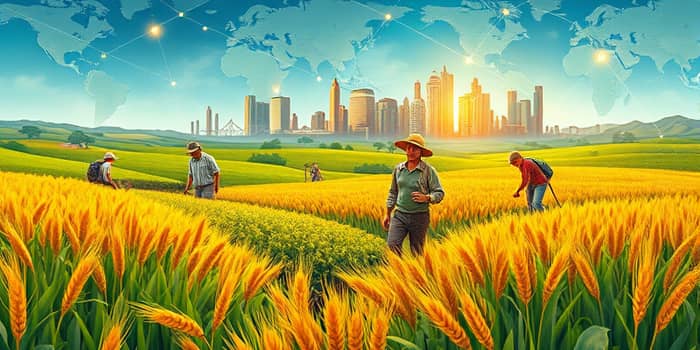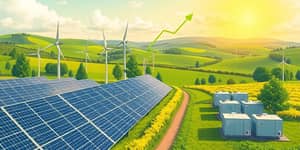
The world stands at a crossroads where unprecedented population growth meets an urgent call for sustainable food production. By 2050, the global population is projected to top 9.3 billion, demanding at least 60% more food. Yet hunger persists for hundreds of millions.
Producers, policymakers, and consumers must unite under a shared vision: ensuring equitable access while safeguarding the planet’s resources. This article delves into the forces reshaping our food system and offers practical pathways to a resilient future.
Between 1990 and 2025, world cereal production must climb from 1.921 billion tons to nearly 3 billion tons to meet consumption needs. In regions such as East and Southeast Asia, per-capita cereal intake now exceeds 430 kilograms annually, while South Asia averages 272 kilograms.
Population growth and rising incomes have fueled this expansion in demand. Yet the challenge is not limited to quantity. Producers must also contend with climate-related disruptions and volatile commodity prices, ensuring supply remains both sufficient and stable.
Despite ample global production, 733 million people go hungry daily. In Africa, one in five individuals struggles to find their next meal. This paradox highlights that hunger is often a problem of access, not simply supply.
Key barriers include poverty, weak infrastructure, and conflict. In sub-Saharan Africa, perishables lose up to a third of their value before reaching consumers due to inefficient supply chains and prolonged transit times.
‘Farming as usual’ will deplete soils, water, and biodiversity. A paradigm shift toward sustainable agriculture involves regenerative techniques, such as conservation tillage and agroforestry, which enrich ecosystems rather than exhaust them.
Producers are pivoting to resource-efficient practices: precision irrigation saves water, while integrated pest management reduces chemical inputs. Simultaneously, reducing reliance on animal protein in favor of plant-based sources alleviates pressure on land and greenhouse gas emissions.
Efficiency gains are pivotal. Industrialized nations waste up to 115 kilograms of food per person annually, compared to under 11 kilograms in some developing areas. Cutting waste by just 25% could nourish 500 million additional people.
Streamlining supply involves:
Such reforms lower costs, minimize waste, and ensure that produce harvested today reaches consumers tomorrow.
Extreme weather, conflict, and market turmoil threaten food stability. The recent decline in cereal and vegetable oil prices reflects strong Black Sea harvests, yet future disruptions could reverse these gains in an instant.
Resilience demands diversified sourcing. Producers and governments must cultivate multiple supply corridors, invest in grain reserves, and support small-scale storage solutions, enabling communities to weather crises without crippling price spikes.
Ensuring access to sufficient calories is only half the battle. A healthy diet requires vitamins, minerals, and protein. Yet 35% of the global population cannot afford basic nutrition, and obesity coexists with undernourishment in many regions.
Transitioning toward balanced diets—rich in legumes, vegetables, and whole grains—provides a triple benefit: better public health, reduced environmental strain, and improved resource allocation within food systems.
To transform ambition into action, robust policy frameworks and targeted investments are essential. Priorities include:
Public-private partnerships can accelerate progress, fostering supply chain resilience and equitable growth. Policymakers must ensure that benefits reach smallholders as well as large-scale producers.
Africa’s vast arable land offers immense potential, yet hunger rates remain highest. Strengthening local value chains and reducing pre-consumer losses can unlock prosperity.
In Asia, burgeoning demand drives investment in high-yield crops, but water scarcity poses a looming threat. Integrating water-saving technologies with traditional practices can safeguard production gains.
Meanwhile, the Black Sea region’s stability has underpinned global wheat supply. Continued infrastructure enhancements and market access agreements will reinforce its pivotal role.
The rally of food producers in response to rising global demand is a testament to human ingenuity. Yet the journey forward requires collective resolve—from farmers and corporations to consumers and governments.
By embracing resource-efficient practices, championing equitable access, and investing in resilience, the world can nourish every individual without sacrificing the health of our planet. The future of food is a shared endeavor; together, we can sow the seeds of a more secure, sustainable world.
References













